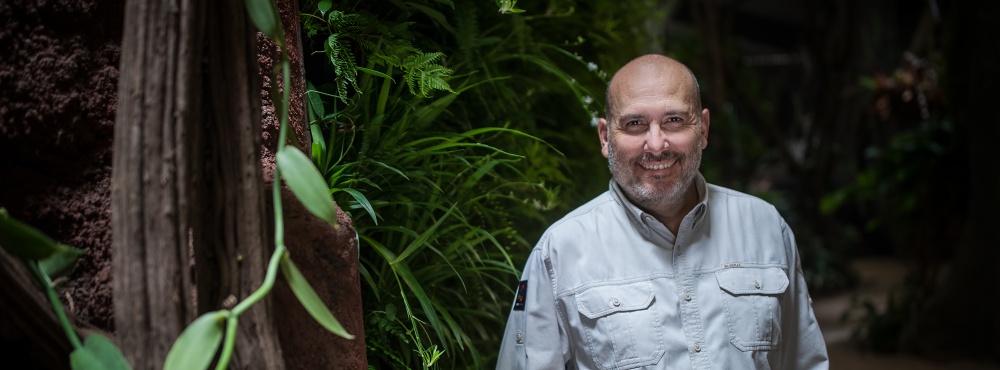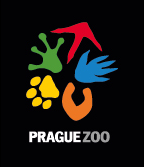The last of its species

“The Last White Rhino in the World. We are sorry.” Or: “Last in the world: he has his own bodyguards.”
 The female, which was artificially fertilized. Gerald Kuchling/Turtle Survival Alliance
The female, which was artificially fertilized. Gerald Kuchling/Turtle Survival Alliance
Under such or similar headlines bloggers and media publish a photograph of Sudan, the last male of Northern White Rhino, whom the guards of the Ol Pejeta Reserve protect against poachers. Apart from Sudan only four females of this subspecies (or species) survive, and the probability that it will be saved is extremely low.
Unfortunately there is a wide range of animal species caught in a similar situation, only they are not as visible as Sudan, protected around the clock by armed guards. The story of Yangtze Giant Soft-shell Turtle (Rafetus swinhoei), a sweet water turtle, which can grow to as much as one meter in length, looks like is being written by the same author, who did not even bother to invent a different plot. The similarity is surprising. Just the news about the in vitro fertilization of the female of this turtle in Suzhou Zoo, intricately conducted by the team of Chinese, American and Australian experts last May, resemble the attempts of assisted reproduction of Northern White Rhinos. However, we can find many more parallels here.
There are altogether only four (!) Yangtze Giant Soft-shell Turtles surviving in the world; two in China and two in Vietnam. And if the fate of Sudan, captured in Africa and spending most of his life in Dvůr Králové, only to return to Africa at an advanced age, is very tangled and connected with hope and sadness, the fate of last Yangtze Giant Soft-shell Turtles is surely no less dramatic.
In China Yangtze Giant Soft-shell Turtle used to live in rivers and lakes in the South and East of the country, after all it got its English name after the Yangtze River, and two of its synonyms after the Red River and Shanghai City. However, when it in the end of the 1990s appeared to be on the verge of extinction due to pollution, dam construction, illegal hunting and other factors, the value of the few specimen kept in zoos increased enormously. But the opportunity to create a strong back up population in captivity was already lost – just as the chance to move the last Northern White Rhinos from Garamba in the Democratic Republic of Congo to a safer place was lost a little bit later... In 2004, when most likely there was no single Yangtze Giant Soft-shell Turtle surviving in the wild in China, the last known female kept in Beijing Zoo died. At that time Gerald Kuchling and Lu Shunqing sent a letter to all Chinese zoos, requesting photos of all the soft-shell turtles in captivity. So in 2007 they managed to find a 85-year-old female, which had been presented in travelling shows until 1949 and, after the Chinese revolution, had ended in Changsha Zoological Garden. This newly discovered female raised enormous hope. She was transported to an almost one-hundred-year-old male in Suzhou Zoo, but in 2009 she laid only unfertilized eggs. Later it was reported that about 20 years ago another Yangtze Giant Soft-shell Turtle had been paired with the male in Suzhou Zoo, in the belief that it was a female. In fact it was a male, which was killed in a battle. Also the winner had suffered injuries, among others of the reproductive organs, which remained permanently damaged – this was the reason for the recent attempt of the complicated artificial insemination.
Vietnam is home to two Yangtze Giant Soft-shell Turtles, one of which lives in Dong Mo Lake near Hanoi City and the other one in Hoan Kiem Lake right in the middle of the city. Hoan Kiem Lake means "Lake of the Returned Sword" and there is an important legend connected to it. According to the legend, the Vietnamese Emperor Le Loi received a magic sword from a turtle god. After he won Vietnam´s independence from China using the sword, he returned to the lake. A giant turtle emerged from the lake and took the sword back. To commemorate the legend a temple was erected on a nearby island. The giant turtle was nothing more than a part of legend – until the 2nd of June 1967, when a local fisherman caught in the Hoan Kiem Lake a really huge, two-hundred-kilo weighting soft-shell turtle. It was presented publically in the island temple, but nobody was then and even long after able to identify it properly. And almost nobody believed that there might be another specimen living in the lake; the probability of its existence came on a par with the Loch Ness monster. But unlike Nessie somebody managed to film it in April 1998! Lake soft-shell turtle came out of the legend and was described as a new species. Only several years later did herpetologist Balász Farkas identify it as Yangtze Giant Soft-shell Turtle, but until today Vietnamese professor Ha Dinh Durc does not agree with him and other foreign experts. No doubt the whole issue has a political background – still this is an animal of national importance - but the result is that Vietnamese and Chinese Yangtze Giant Soft-shell Turtles are not part of the same endangered species breeding programme, therefore their chance for survival is much smaller than it could be. Which resembles the guesswork between San Diego, Dvůr Králové, IZW and gradually many others, who were not able to find a way to unify their attempts to save Northern White Rhinos...? At the same time the soft-shell turtle from the Hoan Kiem Lake was captured with the help of the Army in April 2011, because its health condition was rapidly worsening due to polluted environments.
Sometimes it is presumed that more specimens live in Chinese rivers or even in the Hoan Kiem Lake. So far these theories seem to be as baseless as the allegation of the crew of Russian helicopter, who reportedly saw the Northern White Rhino in Sudan some time ago. Today the greatest chance for Yangtze Giant Soft-shell Turtle is the recent artificial insemination of the female in Changsha. But even those, who realized it, do not conceal the fact that a slim beam of hope shines through very dark clouds. But just to say “We are sorry” is not enough. We have to use all the possibilities and do not slacken off the effort until the very end – bitter though it may be.
Miroslav Bobek, Director, Prague Zoo
ZOOPRAHA.CZ
Contacts
- The Prague zoological garden
U Trojskeho zamku 120/3
171 00 Praha 7
Phone.: (+420) 296 112 230 (public relations department)
e-mail: zoopraha@zoopraha.cz
Others








